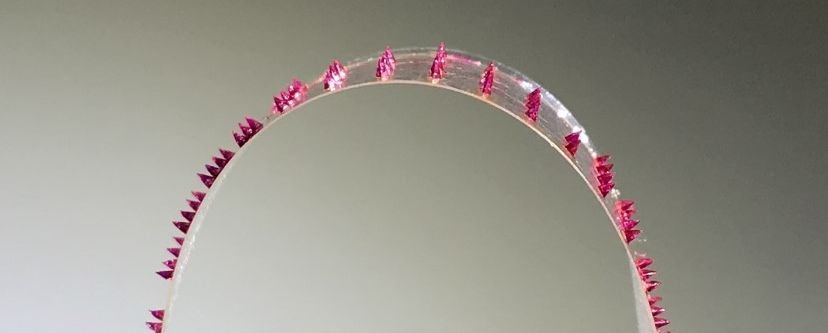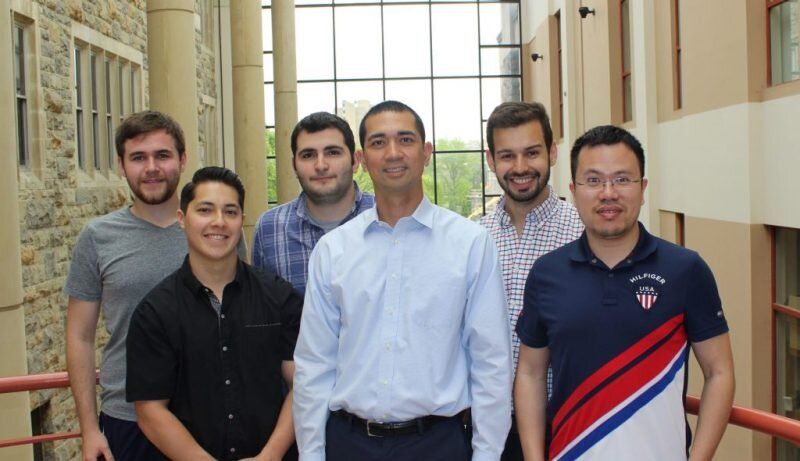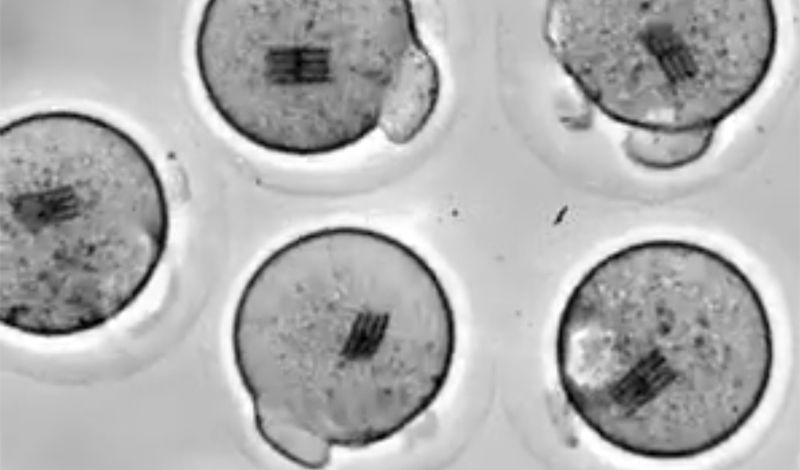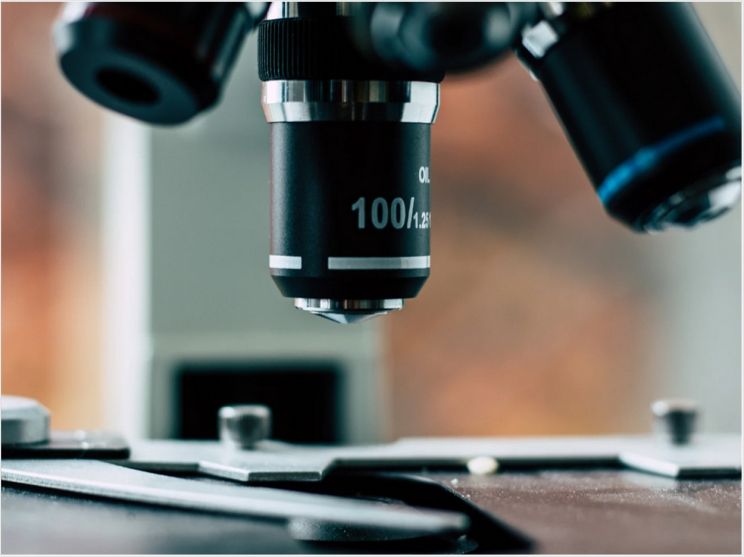Why does this happen?
To put things as simply as possible, the root cause of all aging is a loss of energy on the cellular level, and there are basically two major theories for why this occurs. One says cellular energy decline is the result of accumulated cellular and mitochondrial damage. In other words, it’s the result of wear and tear on a cellular level. The other theory speculates that it is the result of genetic programming, with some genes getting overexpressed while others get underexpressed as we age.
These two theories of cellular energy decline aren’t in competition with one another. They just look at the problem from two different vantage points. The reality is these “causes” are interrelated. Gene overexpression and underexpression can cause cellular damage. Cellular damage can impair gene expressions.





